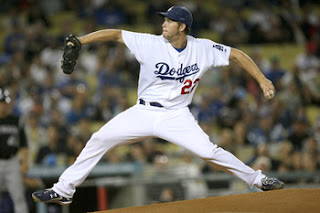1) How can we store energy to do work for us later?
2) How does the force it takes to stretch a rubber band depend on the amount by which you stretch it?

This week, we tested how we are able to store energy that allows work to be done earlier. Used a rubber band, an air track, and an electronic probe.
In our first trial, we did a single look with the rubber bacd and a second trial with a double loop. With the electronic probe, we pulled the rubber band 5 different lengths during both trials.
Trial #1-Single Loop
1 cm = 0.01 m = 0.5 N
2 cm = 0.02 m = 1.1 N
3 cm = 0.03 m = 2.0 N
4 cm = 0.04 m = 2.7 N
5 cm = 0.05 m = 3.3 N
Trial #2-Double Loop
1 cm = 0.01 m = 3.7 N
2 cm = 0.02 m = 5.7 N
3 cm = 0.03 m = 8.8 N
4 cm = 0.04 m = 12.1 N
5 cm = 0.05 m = 13.7 N
Later, we graphed our results. The x-axis equals the distance (m) or the amount stretched and the y-axis equals the force (N).
To find the equation to the lab, we started by finding the slope which equaled 71. After, we used the equation y=mx + b and figured out the equation of the graph was y=71x. Then, we used the variables F (force), K (constant), and X (distance/m). Therefore, our slope of the line (71) is the constant. Since F andX are directly proportional to each other, we put all our facts together and came up with the equation F=KX or Hook's Law.
Next, we had to find the energy. We noticed that the shape of the line created a triangle instead of a rectangle like in the pulley lab. The area of a triangle is A=1/2BH. We replaced A with U which stands for the elastic potential energy. The base of our triangle (X) is the distance stretched and the height is the force.
U=1/2 KX^2 or U=1/2 X(KX)
Real Life Connection-Resistance Bands
Resistance bands are great examples of elastic bands. It is a simple tool that can be used for exercises. The band varies in resistance depending on the type of exercise. By increasing the distance of the band, you are required to use more force. Therefore explaining that there is a direct proportion between force and distance.









